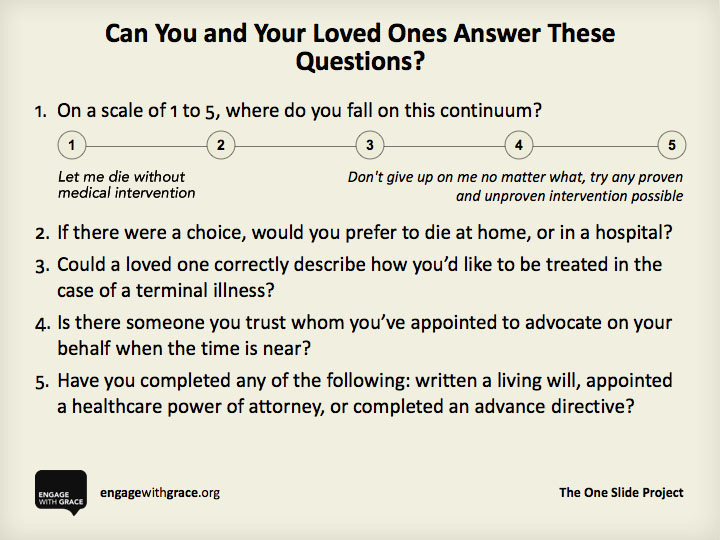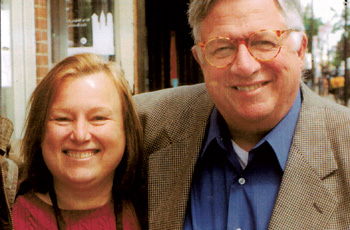For the past 25-plus years, my personal commitments, both intellectually and emotionally, have been directed toward helping to make positive changes in the healthcare system worldwide. It’s been my great pleasure to have had the opportunity to connect with such organizations as Planetree, and to work with them to enhance and promote their philosophy of integrative medicine and human touch. We have watched them grow from three to more than 600 affiliated hospitals. It has also been exciting to have had the chance to work with organizations like the American Board of Integrative Holistic Medicine (ABIHM), a truly transformational healing organization. Their laser-focused goal is to reach more and more physicians worldwide to assist them in becoming certified in the techniques of holistic and integrative healing arts.
Along with these high-touch organizations, I’ve also been privy to advancements and discoveries made within the research field. As a former hospital CEO, and Founder of a medical research institute, I have been exposed to both the peaks of promise created by medical technology and the valleys of disappointment that have evolved from those unfilled expectations generated by the promises of that same technology.
The subject matter to be addressed in this next blog segment is not a false promise. This particular medical device, the VERATHERM™ system was designed, patented and FDA-cleared as a portable hyperthermic perfusion system. There are two other FDA-cleared devices that have been used for this procedure – one which has been retrofitted and the other is somewhat outdated. There are also experimental-type devices that have been pieced together for use in some research facilities and academic medical centers, but they are not FDA-cleared and cannot be marketed.
What VERATHERM™ does provide is a very real opportunity for surgeons and perfusionists to not only standardize hyperthermic perfusion in the treatment of cancer but, potentially, to help to significantly extend the lives of those patients touched by these surgeons and the use of this technology. Most recently, I have had an opportunity to not only see this medical device but also to work with the extremely passionate individual who is in charge, Raymond Vennare, CEO of Thermal Therapeutic Systems, Inc. Raymond has helped to develop and bring to market this compact and mobile perfusion system that, I believe, will contribute to helping literally hundreds of thousands of people worldwide. In my exploration of hyperthermic perfusion, however, I have discovered that only a tiny fraction of those patients who could be helped by the technique that is enabled through the use of this device have any idea that it even exists. Hence, the reason for this blog. VERATHERM™ not only does exist, but the procedure performed by these surgeons and perfusionists can also have a dramatic impact on certain types of cancers.
Please understand that my interest in hyperthermic perfusion in the treatment of cancer revolves around a commitment to those individuals – people like my father, and Raymond’s father, mother and brother who, because products like this were not available, were all lost prematurely due to different types of devastating cancers.
How does this work? After complex surgery for the removal of the tumors in specific body cavities, such cancers as the colon, appendix, stomach, lung and even some types of metastatic breast cancer, the appropriate fluids can be heated in order to perform an intraperitoneal or intrathoractic lavage. These heated fluids then are circulated through the impacted body cavity as needed to help eradicate any remaining cancer cells. Sensors and probes built directly into the VERATHERM™ Console and Disposable Kit efficiently monitor temperature, pressure and flow of heated and unheated sterile solutions while protecting the patient, physician and profusionist.
Let me close by saying one more time that, due to the procedure enabled by this medical device, the lives of many patients have been extended by as much as three-to- five years. It’s not technically impossible to do, but, as a patient, you have to know about it to request it, and only a handful of cancer centers in the entire country have begun to even look at the creative re-use of profusion equipment for non-traditional surgical lavages such as this.
You read it here first!
The Parable of the Starfish
One morning an elderly man was walking on a nearly deserted beach. He came upon a boy surrounded by thousands and thousands of starfish. As eagerly as he could, the youngster was picking them up and throwing them back into the ocean. Puzzled, the older man looked at the young boy and asked, “Little boy, what are you doing?” The youth responded without looking up, “I’m trying to save these starfish, sir.” The old man chuckled aloud, and queried, “Son, there are thousands of starfish and only one of you. What difference can you make? Holding a starfish in his hand, the boy turned to the man and, gently tossing the starfish into the water, said, “It will make a difference to that one!”







 Many organizations who embrace the various human dignity monikers such as
Many organizations who embrace the various human dignity monikers such as  Nicholas D. Kristof NYT photo
Nicholas D. Kristof NYT photo


 My Facebook friend,
My Facebook friend, 


